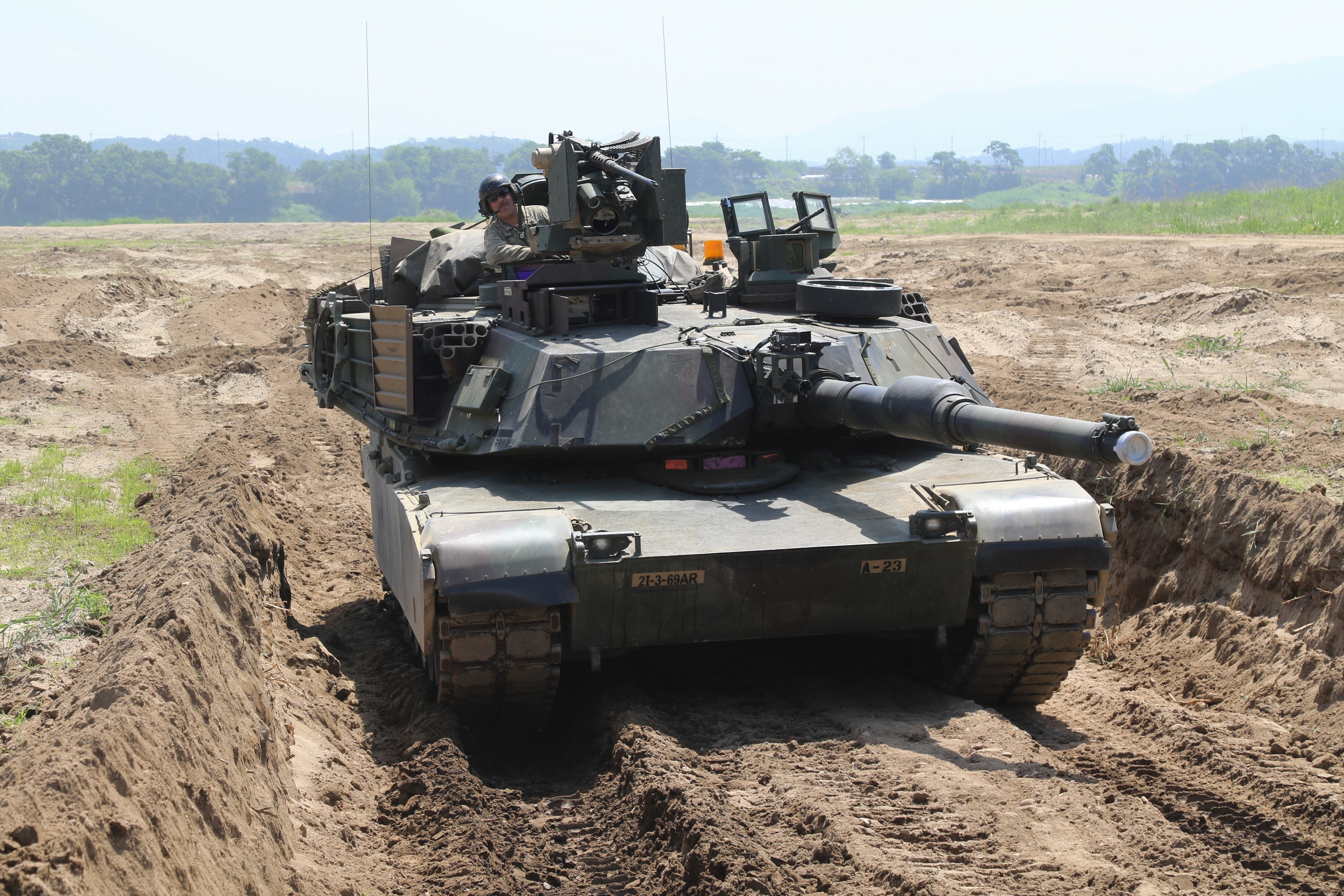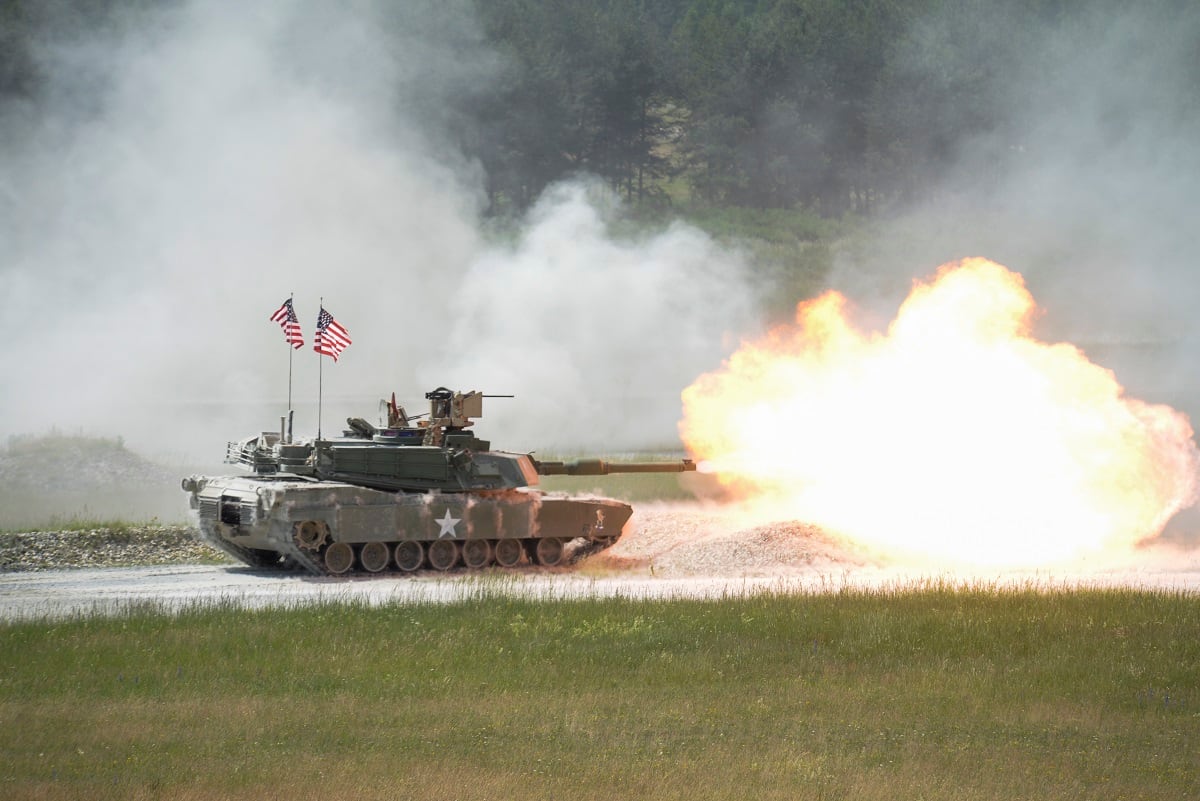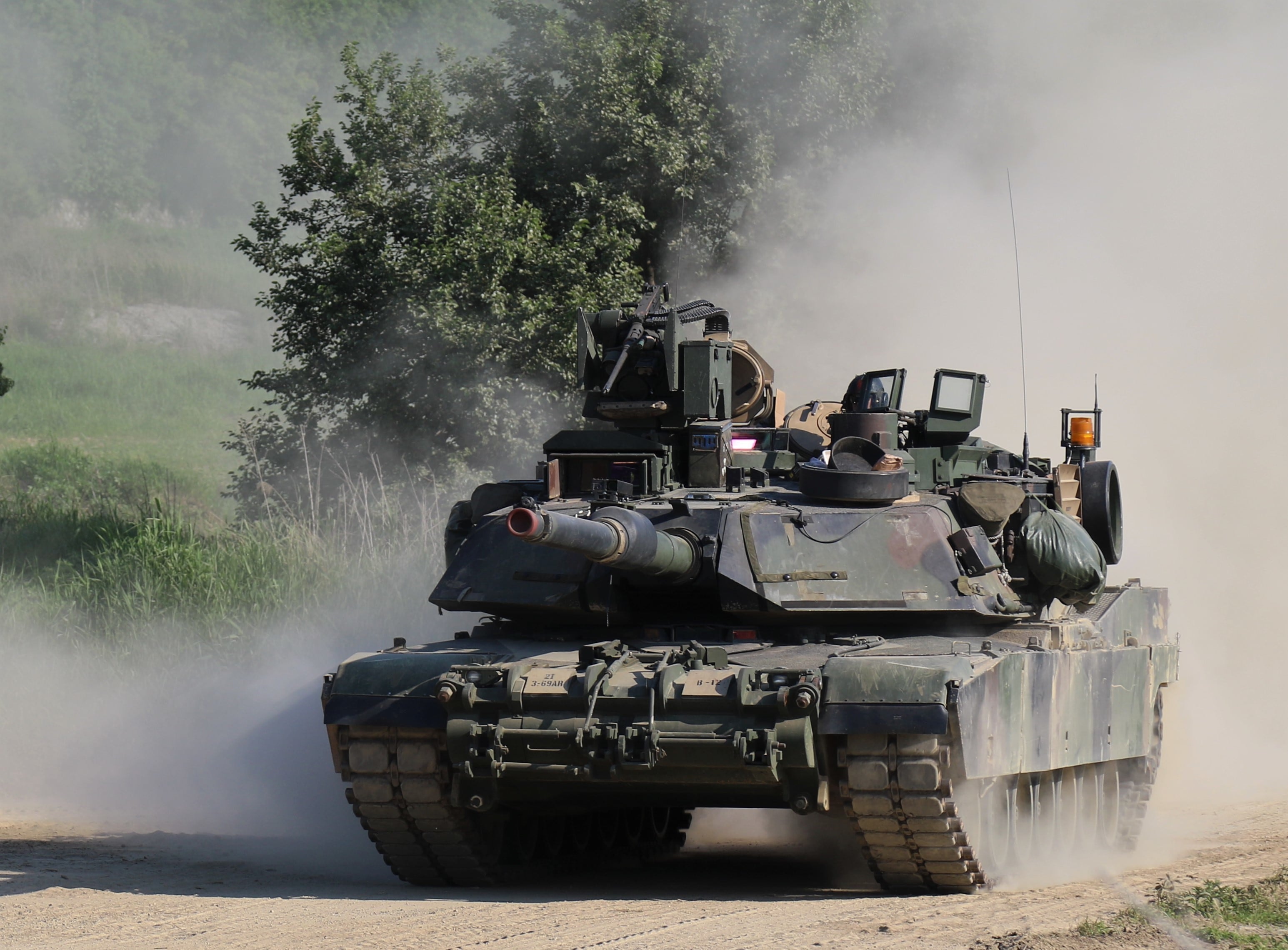An armored brigade combat team that recently returned from a nine-month rotation in South Korea left the United States without tanks or Bradleys but brought home the vehicles they used on deployment, part of a larger effort to build more armored brigades and increase rotational force readiness across the Army.
Soldiers with 1st Armored Brigade Combat Team, 3rd Infantry Division of Fort Stewart, Georgia, arrived in South Korea in February, and the last elements arrived home in late October. They were the fifth rotational BCT to deploy to the peninsula since the Army moved from a permanently forward-stationed brigade to the rotations in 2015.
Col. Mike Adams, the brigade commander, sat down with Army Times on Wednesday to discuss the recent deployment.
As the unit prepared for its deployment, the Army was building up its ABCTs, and at Fort Stewart that meant shifting the 3rd Infantry Division’s 2nd Infantry Brigade Combat Team into an armored BCT.
To accomplish that, Adams' brigade left behind its tanks and Bradley Fighting Vehicles and fell in on the Korean Enduring Equipment Set, or KEES, when they arrived in country.
But when they left nine months later, they didn’t get to pack light.

The Army decided to pull back the KEES vehicles, which had been deployed in Korea since around 2011, to Fort Stewart.
The new rotational movements will include ABCTs taking their vehicles with them, moving them by rail for shipping from major ports such as Oakland, California, to South Korea.
That’s how the replacement unit, 3rd ABCT, 1st Armored Division, out of Fort Bliss, Texas, began its deployment in October.
And Adams’ brigade will get another vehicle change.
Beginning in January, it will be the first Army unit to fully field the Joint Light Tactical Vehicle, the nearly across-the-board replacement for the Humvee.
RELATED

This last tour was Adams' third in South Korea, this time as commander of the 1st ABCT. From his first tour in 1994 as a young lieutenant in charge of a tank platoon to now, much has remained the same and much has changed, he said.
For one, the place of the U.S. brigade among its Republic of Korea counterparts.
“At the time there were two ABCTs stationed in Korea, and we were an active part of the defense of the Republic of Korea,” Adams said.
By his second tour in 2010, when he served as commander of 4th Squadron, 7th Cavalry Regiment, the Korean soldiers didn’t include a battle station for the U.S. brigade because they were capable of running their defense without them on the front line.
What hasn’t changed, however? The tense nature of the arena.
During his 1994 deployment, the North Korean military had shot down a U.S. helicopter near the demilitarized zone. In 2010, the North Korean military had just finished shelling Yeonpyeong, a South Korean island.
And this past year has seen its share of North Korean political and diplomatic tension.
“It’s always tense there,” Adams said. “You go over there and acknowledge the environment you’re operating in, and then you do your part.”
The brigade didn’t have a lot of time to prepare for Korea.
It completed rotations to Europe in late 2016. Adams took command in June 2017. The brigade then headed straight into an October National Training Center rotation to then deploy early elements in January 2018.
Despite the short run-up to deployment, no one took it easy on them.
Unlike combat training center rotations during the height of the Iraq and Afghanistan wars, which narrowly focused on the insurgent threat for an upcoming combat rotation, the BCT was challenged at all levels and domains during its stint at NTC ahead of Korea.
“[Army Chief of Staff] Gen. [Mark] Milley will tell you that when a BCT is in the box at NTC, he wants them to have their worst day every day for 14 days in a row,” Adams said. “And I’ll tell you what, they met his objective.”
Adams recalled sitting down for an after-action review with one of the NTC trainers, who told him, “You’ve been in contact for 96 hours.”
“I said, yeah, no kidding, I know, trust me,” Adams said.
Another difference that Adams and Capt. Ryan McCullough, commander of Bravo Company, 3rd Battalion, 69th Armored Regiment, noted was the unique integration of Korean Augmentation to the United States Army, or KATUSA, troops with U.S. units.
The KATUSA program, which has been around since the 1950s, puts Korean troops at all levels of the Army’s units, from tank crews to infantry squads to companies and unit staffs.
Those soldiers now reside within the 2nd Infantry Division command structure, something that was being discussed as Adams completed his second tour but has now become part of regular operations.
Adams said a one-star general with the KATUSA program serves as deputy commanding general over ROK soldiers within the division, and during this past rotation Katusa officers were included in the ranks of the U.S. rotational brigade.
“As we were leaving they were starting to assign ROK staff officers to the rotational headquarters and an artillery brigade at Camp Hovey,” Adams said. “And that level of integration just continues to enhance our interoperability.”
Todd South has written about crime, courts, government and the military for multiple publications since 2004 and was named a 2014 Pulitzer finalist for a co-written project on witness intimidation. Todd is a Marine veteran of the Iraq War.





